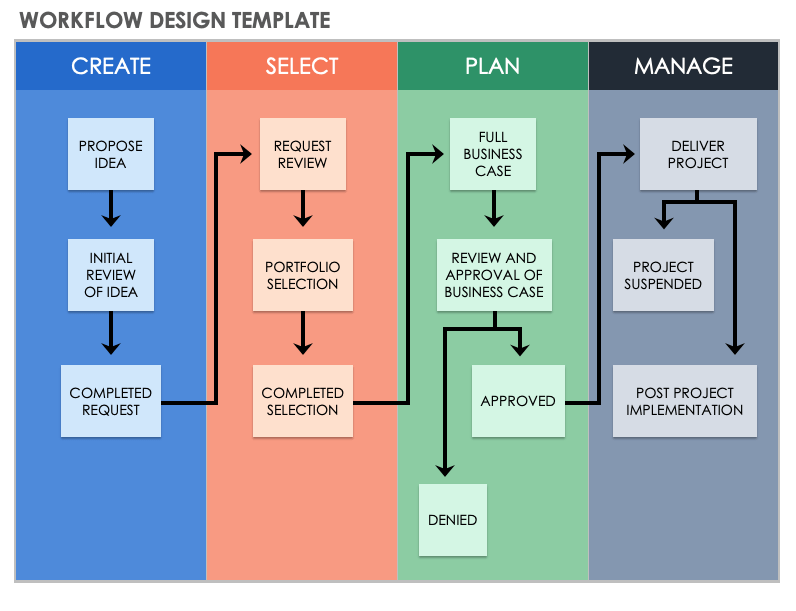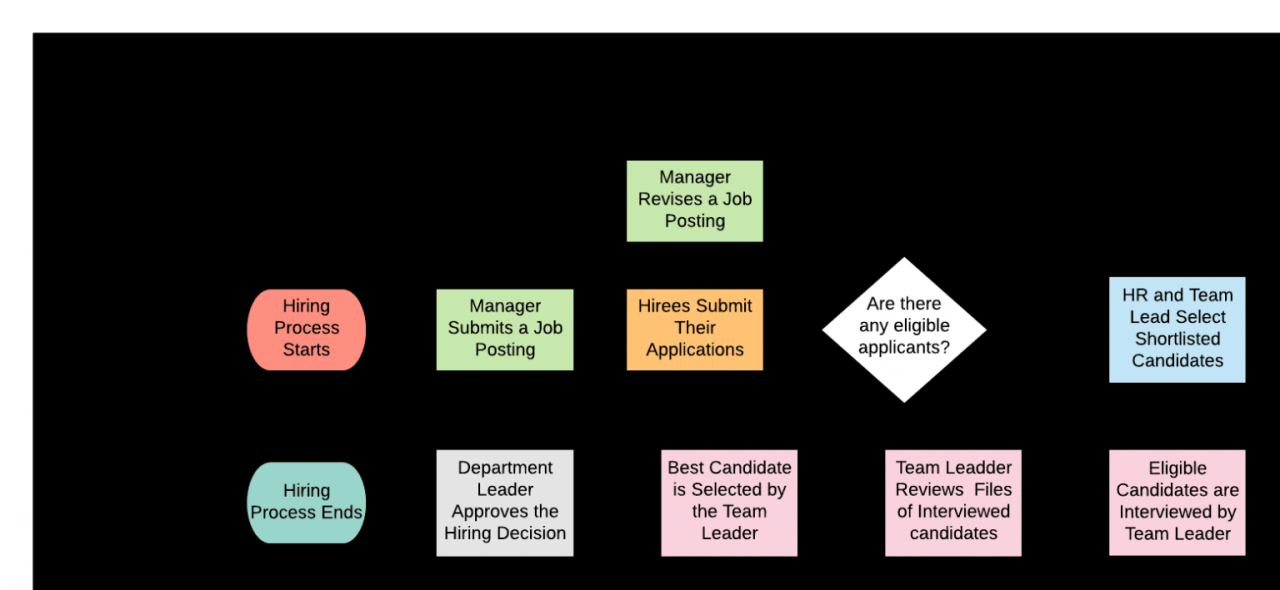Workflow, the backbone of any efficient operation, encompasses the sequence of actions and tasks that propel a process from its inception to its completion. Whether it’s manufacturing a product, developing software, or providing healthcare, a well-defined workflow ensures smooth execution, minimizes errors, and maximizes productivity.
Table of Contents
This exploration delves into the multifaceted world of workflow management, examining its fundamental principles, tools, and strategies for optimization. From understanding the various stages of a typical workflow to exploring the latest technologies and trends shaping the future of work, this comprehensive guide provides insights for individuals and organizations seeking to enhance their operational efficiency.
Workflow Collaboration

Workflow collaboration is the process of multiple individuals working together to complete a workflow. This can involve sharing tasks, providing feedback, and coordinating efforts to ensure the workflow is completed efficiently and effectively.
The Role of Collaboration in Workflow Management
Collaboration plays a crucial role in workflow management. It helps to:
- Improve communication and transparency: Collaboration fosters open communication and transparency among team members, ensuring everyone is on the same page regarding tasks, deadlines, and progress.
- Enhance efficiency and productivity: By breaking down tasks and assigning them to different individuals, collaboration can optimize resource allocation and increase productivity.
- Promote knowledge sharing and learning: Collaboration encourages team members to share their expertise and knowledge, leading to collective learning and continuous improvement.
- Increase flexibility and adaptability: In a collaborative environment, teams can easily adjust to changes in workflow processes or requirements, ensuring agility and responsiveness.
- Foster innovation and creativity: Collaboration encourages diverse perspectives and ideas, leading to more innovative and creative solutions.
How Technology Facilitates Workflow Collaboration
Technology plays a significant role in facilitating workflow collaboration by providing tools and platforms that:
- Enable real-time communication and collaboration: Platforms like Slack, Microsoft Teams, and Google Workspace allow for instant messaging, video conferencing, and shared document editing, fostering seamless collaboration.
- Automate workflow tasks: Workflow management tools automate repetitive tasks, freeing up time for more strategic and collaborative activities. Examples include Asana, Trello, and monday.com.
- Provide centralized task management and tracking: Collaborative workflow platforms offer a centralized hub for managing tasks, deadlines, and progress, ensuring everyone is aligned and informed.
- Facilitate knowledge sharing and documentation: These platforms enable teams to share documents, files, and knowledge bases, promoting information accessibility and collaboration.
- Enable remote collaboration: Technology empowers teams to collaborate effectively regardless of physical location, fostering global collaboration and flexibility.
Examples of Tools and Practices for Collaborative Workflows
Here are some examples of tools and practices for collaborative workflows:
- Project management tools: These tools, such as Asana, Trello, and Jira, provide a framework for planning, organizing, and tracking tasks, promoting collaboration and visibility.
- Communication platforms: Tools like Slack, Microsoft Teams, and Google Chat enable real-time communication, instant messaging, and file sharing, facilitating seamless collaboration.
- Document collaboration tools: Platforms like Google Docs, Microsoft Word Online, and Dropbox Paper allow multiple users to edit and collaborate on documents simultaneously, enhancing efficiency and transparency.
- Agile methodologies: Agile methodologies like Scrum and Kanban emphasize iterative development, continuous feedback, and collaboration, promoting flexibility and adaptability in workflow management.
- Cross-functional teams: Assembling teams with diverse expertise and perspectives fosters collaboration and innovation, leading to more comprehensive and effective workflow solutions.
Final Conclusion

By embracing a holistic approach to workflow management, organizations can unlock significant potential for improvement. From streamlining processes to fostering collaboration and leveraging cutting-edge technologies, a well-defined and optimized workflow serves as a catalyst for achieving organizational goals and achieving sustainable success.
A well-defined workflow is crucial for efficient video editing, especially when working with complex projects. Tools like adobe after effects can streamline the process, allowing you to seamlessly transition between tasks like animation, compositing, and visual effects. By establishing a structured workflow, you can ensure that your video projects are completed on time and within budget.
